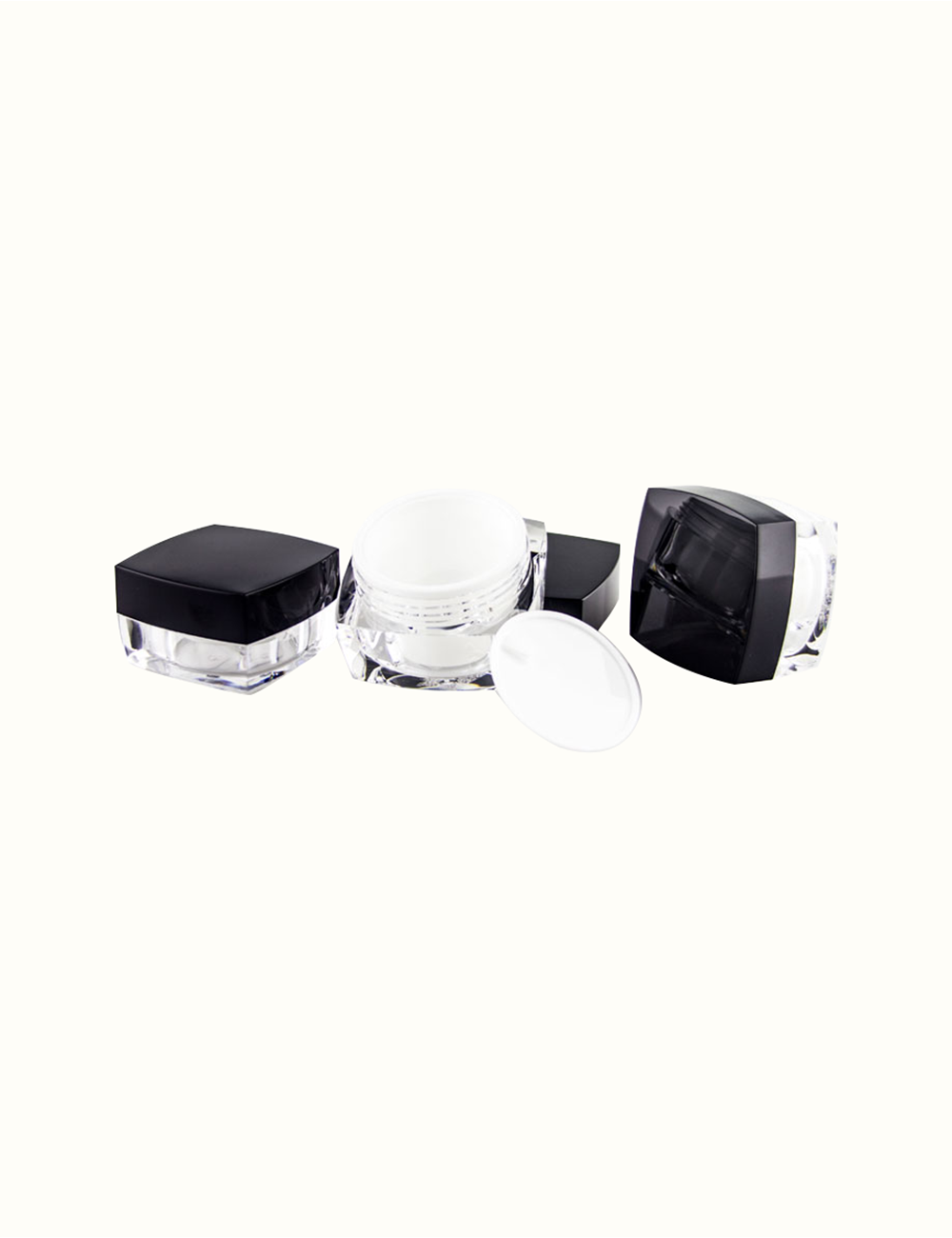
Acrylic cosmetic lotion bottles exhibit a high degree of impact resistance, a crucial factor in their durability and usability. Acrylic, chemically known as polymethyl methacrylate, is an advanced thermoplastic polymer renowned for its toughness and shatter resistance. Unlike glass, which can break into sharp, dangerous shards upon impact, acrylic’s resilience allows it to absorb and distribute the force of an impact more evenly, reducing the likelihood of breakage. This characteristic is particularly beneficial in consumer environments where accidental drops or impacts are common. The robust nature of acrylic makes it ideal for both retail and travel scenarios. Its resistance to shattering significantly reduces the risk of product loss due to container breakage. This durability translates to lower shipping and handling costs, as the need for protective packaging is minimized. The reduced incidence of breakage also contributes to enhanced safety for consumers, as there is less risk of injury from broken glass.
While acrylic is more resistant to scratching than many other plastic materials, it is not entirely impervious to surface abrasions. Over time, and particularly with regular use, acrylic bottles can develop scratches if they come into contact with abrasive materials or if improper cleaning practices are employed. Scratching can affect both the aesthetic appeal and the clarity of the bottle, potentially impacting the perceived quality of the product. To address this issue, high-quality acrylic bottles are often treated with specialized coatings designed to enhance scratch resistance. These coatings form a protective layer on the surface of the acrylic, reducing the likelihood of scratches and extending the lifespan of the bottle. Advancements in acrylic technology have led to the development of more resilient formulations that further improve scratch resistance.
Proper maintenance is essential for preserving the appearance and functionality of acrylic cosmetic bottles. To ensure that the bottles remain in optimal condition, it is advisable to follow specific cleaning protocols. Using a soft, lint-free cloth along with mild, non-abrasive cleaning solutions is recommended. Abrasive cleaning tools, such as scouring pads or brushes, as well as harsh chemicals, should be avoided, as they can damage both the acrylic surface and any protective coatings applied to the bottle. Regular maintenance involves gently wiping the surface to remove residues and prevent buildup, which can exacerbate the risk of scratches. By adhering to these care guidelines, the acrylic bottle will retain its clarity and smoothness, preserving its visual appeal and functional integrity over time.
The long-term durability of acrylic lotion bottles is influenced by several factors, including the quality of the acrylic used, the design of the bottle, and the manufacturing processes. Premium-grade acrylic bottles are produced using advanced polymerization techniques that ensure a higher degree of strength and resilience. These bottles undergo rigorous quality control to verify their durability and performance, contributing to their overall longevity. Acrylic bottles are designed to withstand various environmental conditions, such as fluctuations in temperature and humidity. This stability ensures that the bottles maintain their structural integrity and visual clarity throughout their lifecycle. Continued advancements in acrylic technology and manufacturing processes are enhancing the durability of these bottles, making them a reliable choice for cosmetic packaging.
Square bottle acrylic cosmetic lontion bottle

Leave a Reply
Your email address will not be published.Required fields are marked


 English
English 中文简体
中文简体 عربى
عربى



























